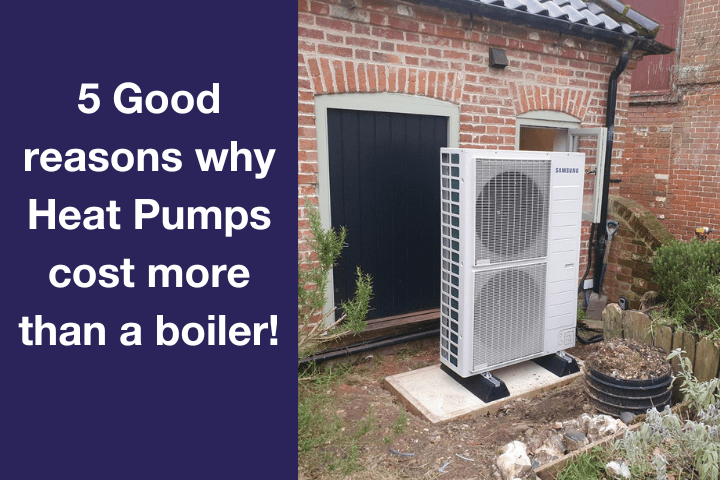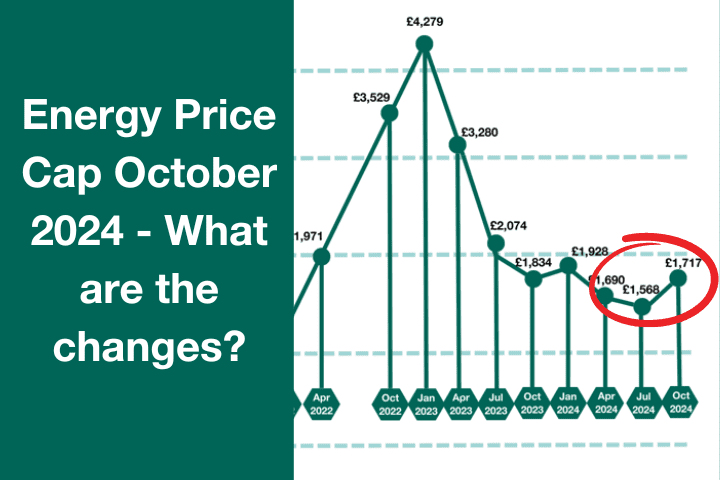Case Study: John Combines Loft Conversion with a 7 Integrated Solar Panel Installation in York
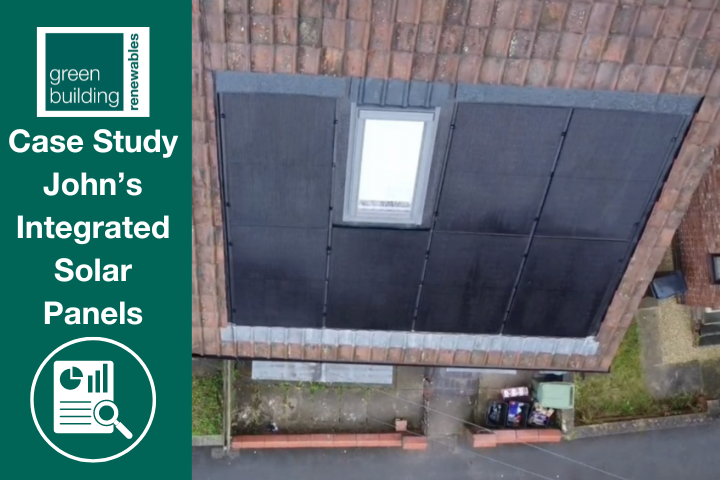
Home renovations, like loft conversions or reroofing your home, provide the perfect opportunity to consider a solar panel installation.
Integrated Solar Panels allow customers to combine electricity-generating technology and be integral to the roof’s structure. Integrated solar panels don’t just sit on your roof; they are the roof.
Combining a solar installation with other roof works minimises disruption by combining the usage and costs of things like scaffolding around your home.
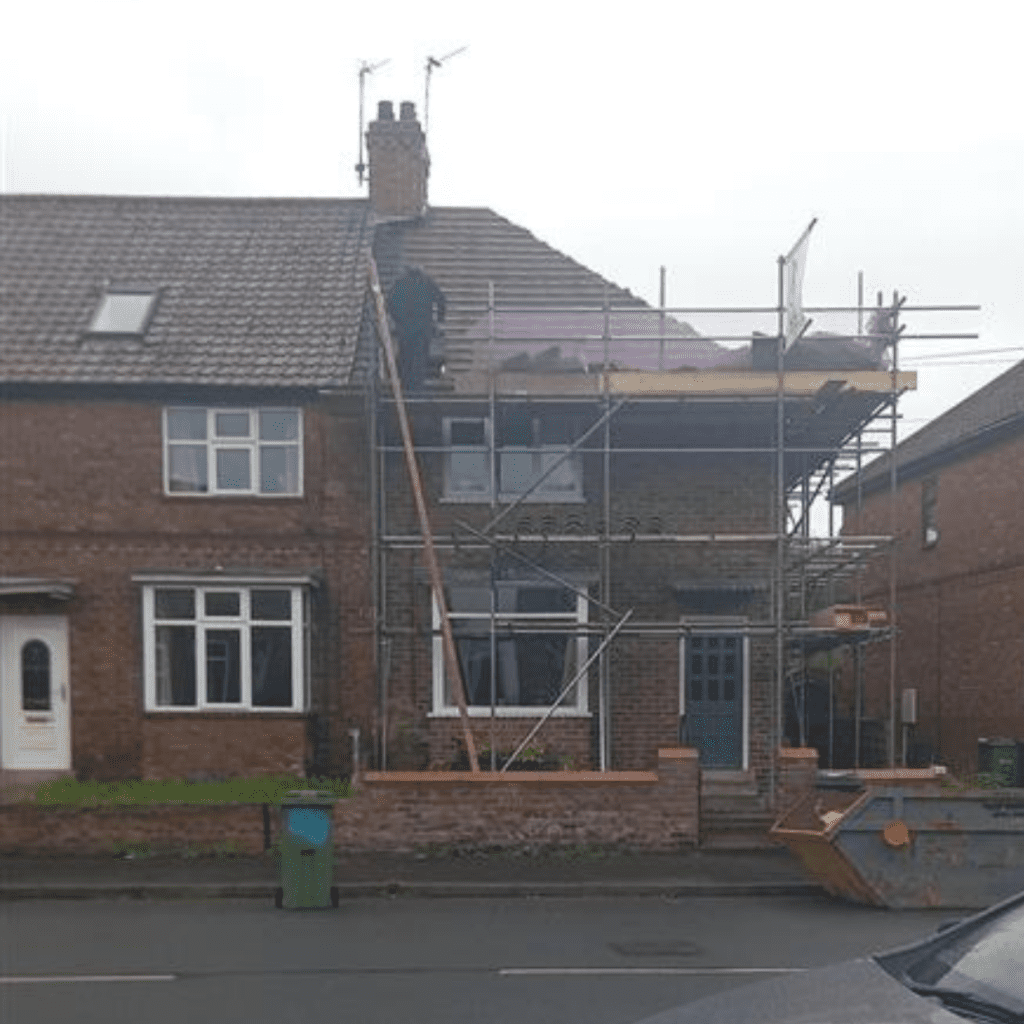
York resident John loved the aesthetics of integrated solar panels, so when he decided to get a loft conversion at his home, it was the perfect opportunity to install this smart technology simultaneously.
John shares his story about our integrated solar panel installation in this case study.
Table of Contents
Before we tell John’s story, here are some key things about integrated solar panels.
What are Integrated Solar Panels?
Integrated solar panels, also known as building-integrated photovoltaics (BIPV), are solar panels that are designed to be an integral part of a building’s architecture. These panels serve a dual purpose: they generate electricity from sunlight while functioning as a structural or design element of the building – like the roof.
What types of Integrated Solar Panels are there?
There are several types of integrated solar panels, they include:
In-roof solar panels: In-roof solar panels are designed to sit flush with your roof tiles. They can be embedded in your roof. In-roof solar panels are designed to behave as a roof tile would; they are 100% waterproof.
Solar Roof Tiles: Solar panels resemble traditional roofing materials like tiles. They can be installed alongside non-solar roofing materials to create a seamless and aesthetically pleasing solar energy system. They are currently not that common in the UK.
Solar Shingles (slates): Like solar roof tiles, solar shingles are specifically designed to mimic the appearance of traditional roofing materials like shingle tiles. They are installed in the same manner as conventional shingles.
Solar Glass Panels: These are transparent or translucent solar panels that can be integrated into windows, skylights, or building facades. They allow natural light to enter the building while simultaneously capturing solar energy.
Solar Facades: Solar panels can also be integrated into building facades, replacing conventional building materials such as glass or cladding. This approach allows for solar electricity generation while also providing architectural design flexibility.
Solar Awnings and Canopies: Solar panels can be integrated into awnings or canopies to provide shade while generating electricity. These installations are commonly seen in commercial settings but can also be used in residential applications.
John’s Integrated Solar Panel Story.
Why did you choose Integrated Solar Panels?
I don’t know when, but at some point, integrated solar panels caught my eye. I’d never liked the look of the traditional ‘sit on the roof’ panels. The black integrated solar panels, in my opinion, look smart. So, when it came to us rebuilding our roof for a loft conversion, it seemed mad to rebuild it out of tiles when solar panels could both cover it and harness us some free, clean electricity, too.
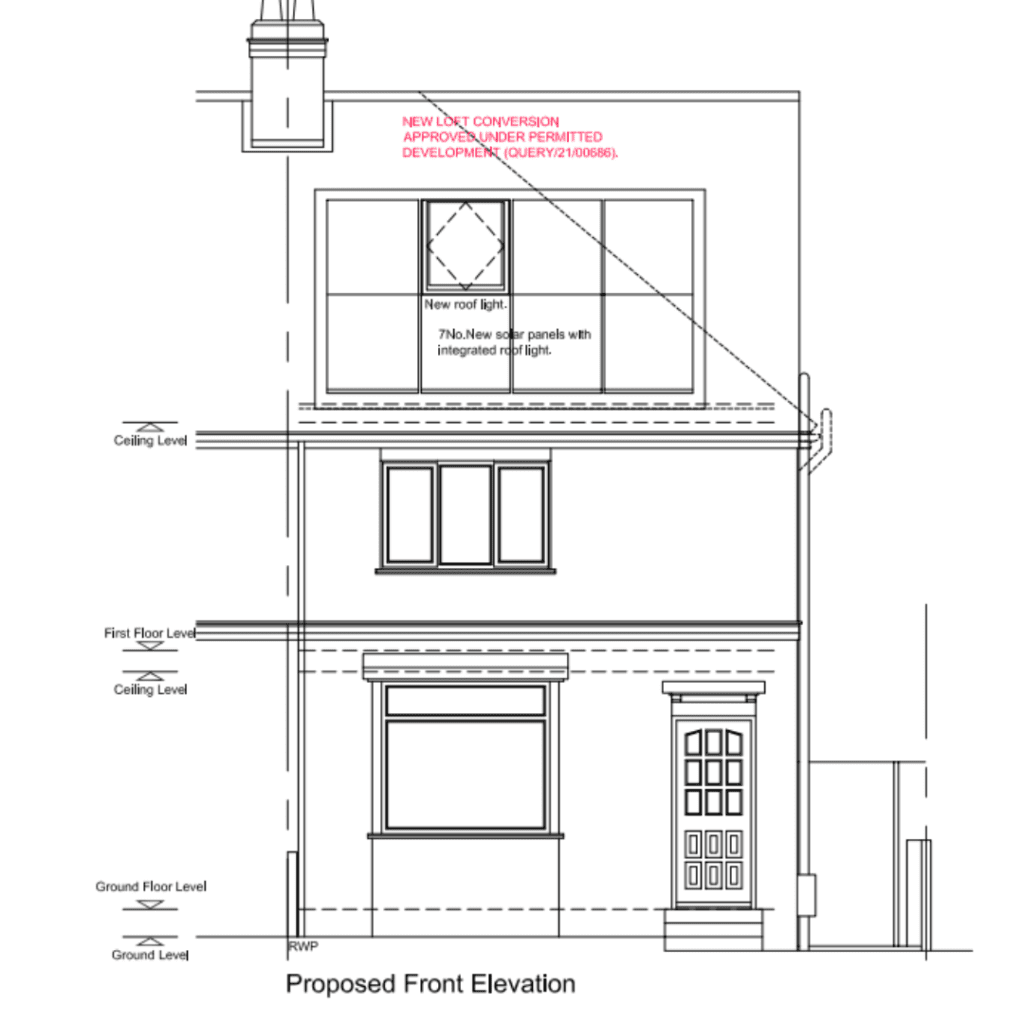
What benefits have you experienced since having the technology installed?
The installation looks cool. Aesthetics mattered to us. We’ve only just had the system installed, so it’s too early to see the true energy-saving benefits, but just knowing that some of our power is already coming directly from the sun, for free, is a good feeling. Feeling good about how your house uses energy is a real positive in the current climate of energy price fluctuations.
How did you find the installation process?
The Green Building Renewable installers were lovely guys. The integration of our Velux window in the array of panels, which we had fitted in advance, did cause a small headache, but after I flagged the issue, the Green Building Renewables teams were able to remedy the issue and make the integrated Velux a part of the array.
To complete the look I wanted for the installation, I even painted the row of tiles above the Velux window to align with the flashing above the panels.
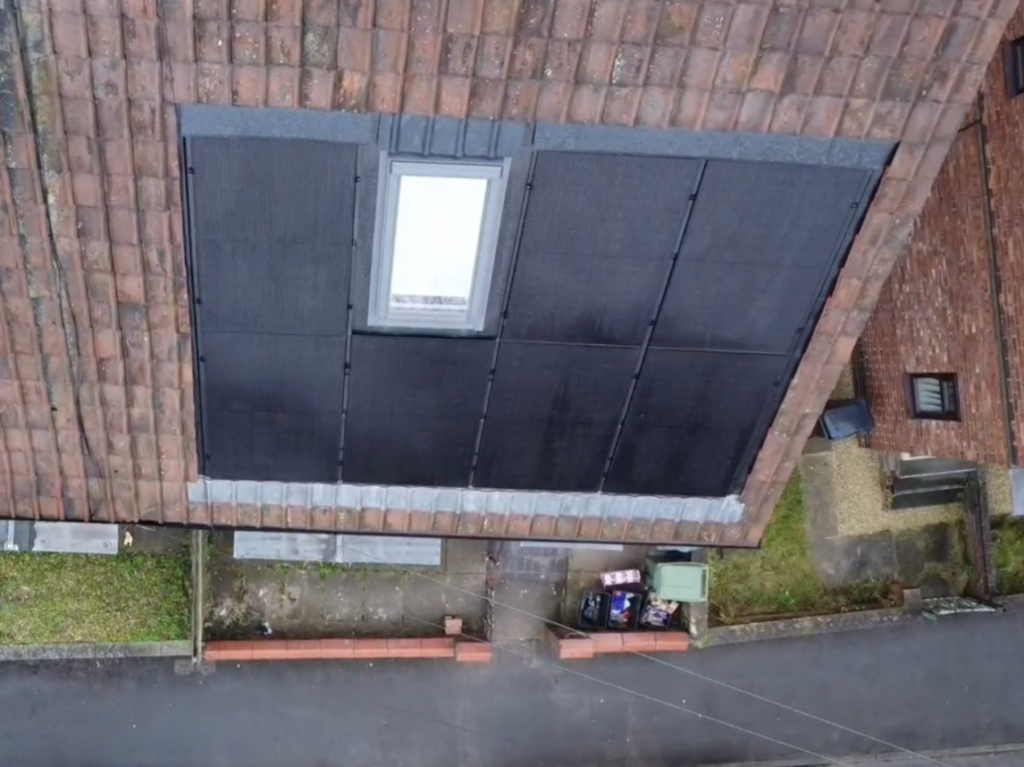
What advice would you offer to others considering renewable technology for their home?
Any investment that makes you less dependent on the energy companies must be good.
What is your opinion of Green Building Renewables?
Green Building Renewables were great in price. Other quotes I received were nearly £2,000 more expensive and, in one case, even £4,000 more costly.
What did we install, and what did we do?
We installed a 2.84kW solar PV system, including:
• 7 x 405W black mono panels
• 1 x 3.0kW FOX ESS inverter
• In roof fixings to include the GSE Velux window kit
• AC & DC isolators
• Generation meter
• AC & DC cabling
We provided:
• Electrical testing and certificate
• MCS certification for the solar PV system
• Commissioning and hand over pack
John knew exactly how he wanted his installation to look. This is great for us when customers have a clear idea of the aesthetics of how they want their installation to look, but it’s not vital. We have software that can help model the design of your installation, which shows you how it will look on your home. If you are interested in an integrated solar panel or an on-roof system, then get in touch today. You can use our Solar Panel Calculator to assess your home’s suitability for solar panels.
What are the benefits of Integrated Solar Panels?
Integrating solar panels into a new roof can offer several advantages; here are the main reasons customers like John choose Integrated Solar Panels.
- Aesthetics: Integrated solar panels can blend seamlessly with the roof, providing a sleek and attractive appearance. This is especially advantageous for homeowners who prioritize the visual appeal of their property or who are building their own home.
- Durability: Integrated solar panels are often installed as part of the roofing system, enhancing durability and longevity. By being integrated into the roof structure, they are less susceptible to wind, hail, and other environmental damage than traditional solar panel installations.
- Space Efficiency: Integrated solar panels maximise available roof space since they are part of the roof structure. This can be particularly beneficial for homeowners with limited roof space or desiring a specific look.
- Energy Efficiency: By generating clean energy directly from sunlight, integrated solar panels reduce a home’s carbon footprint and reliance on fossil fuels. This can lead to long-term energy cost savings and environmental benefits for the homeowner.
- Increased Property Value: Homes with solar panels command higher resale values due to their energy efficiency and modern features. Potential buyers often perceive solar-equipped homes as more desirable and may be willing to pay a premium.
- Reduced Installation Costs: While the initial cost of integrated solar panels may be higher than traditional ones, homeowners can save on installation costs by combining roof replacement and solar installation projects. This can result in overall cost savings and minimise disruption to the home, such as two lots of scaffolding being necessary.


